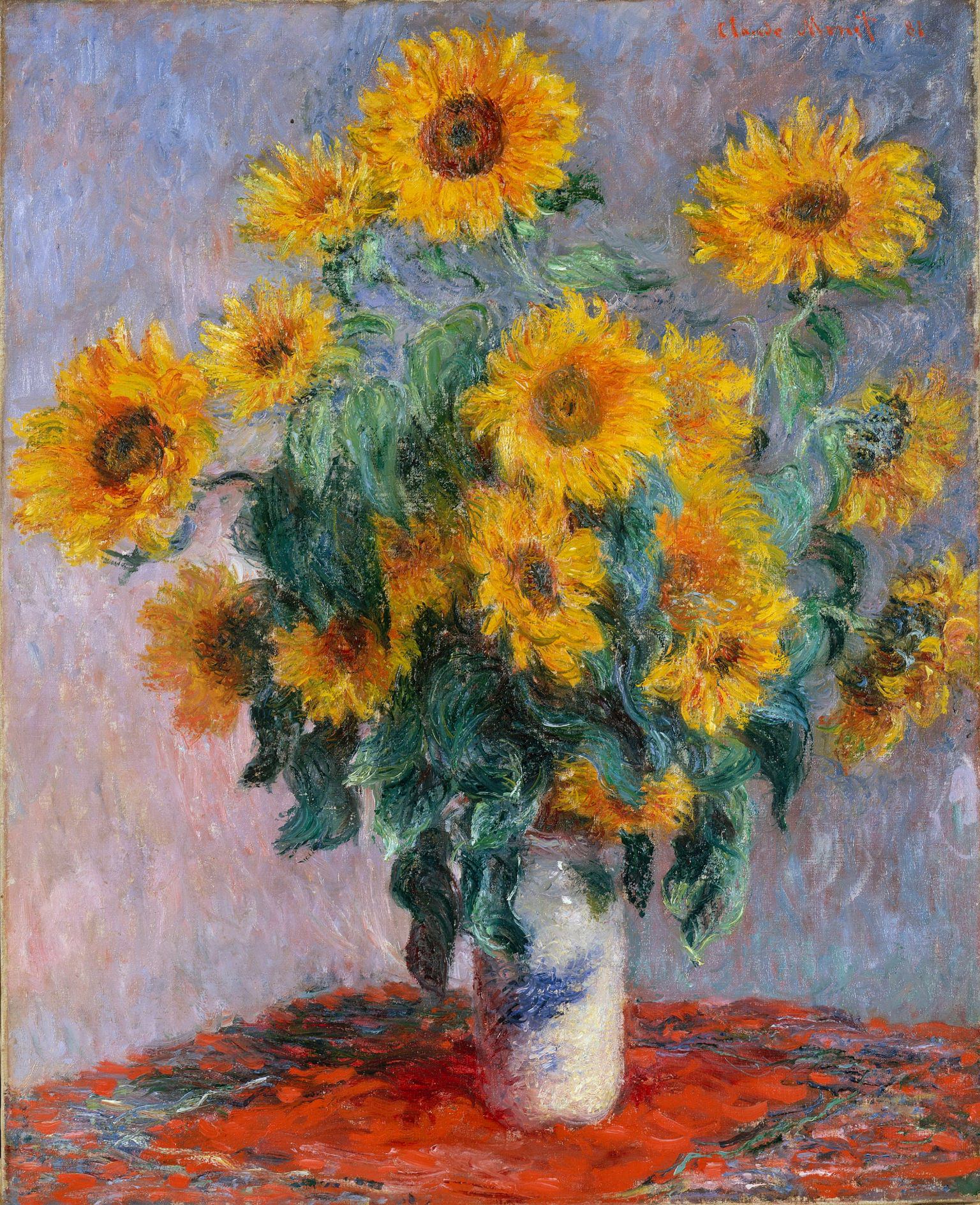Site about Music - Art & Math


 Impressionism is a 19th-century art movement characterized by relatively small, thin, yet visible brush strokes, open composition, emphasis on accurate depiction of light in its changing qualities (often accentuating the effects of the passage of time), ordinary subject matter, inclusion of movement as a crucial element of human perception and experience, and unusual visual angles. Impressionism originated with a group of Paris-based artists whose independent exhibitions brought them to prominence during the 1870s and 1880s.
Impressionism is a 19th-century art movement characterized by relatively small, thin, yet visible brush strokes, open composition, emphasis on accurate depiction of light in its changing qualities (often accentuating the effects of the passage of time), ordinary subject matter, inclusion of movement as a crucial element of human perception and experience, and unusual visual angles. Impressionism originated with a group of Paris-based artists whose independent exhibitions brought them to prominence during the 1870s and 1880s.
The Impressionists faced harsh opposition from the conventional art community in France. The name of the style derives from the title of a Claude Monet work, Impression, soleil levant (Impression, Sunrise).
Shown at what would later be known as the "Exhibition of the Impressionists" in April 1874, the painting is attributed to giving rise to the name of the Impressionist movement. Impression, Sunrise depicts the port of Le Havre, Monet's hometown, and is his most famous painting of the harbor.
Impression, Sunrise is displayed at the Musée Marmottan Monet in Paris.
The development of Impressionism in the visual arts was soon followed by analogous styles in other media that became known as impressionist music and impressionist literature.
In the middle of the 19th century — a time of change, as Emperor Napoleon III rebuilt Paris and waged war—the Académie des Beaux-Arts dominated French art. The Académie was the preserver of traditional French painting standards of content and style. Historical subjects, religious themes, and portraits were valued; landscape and still life were not. The Académie preferred carefully finished images that looked realistic when examined closely. Paintings in this style were made up of precise brush strokes carefully blended to hide the artist's hand in the work. Colour was restrained and often toned down further by the application of a golden varnish.
In the early 1860s, four young painters—Claude Monet, Pierre-Auguste Renoir, Alfred Sisley, and Frédéric Bazille—met while studying under the academic artist Charles Gleyre. They discovered that they shared an interest in painting landscape and contemporary life rather than historical or mythological scenes.
A favourite meeting place for the artists was the Café Guerbois on Avenue de Clichy in Paris, where the discussions were often led by Édouard Manet, whom the younger artists greatly admired. They were soon joined by Camille Pissarro, Paul Cézanne, and Armand Guillaumin.
In December 1873, Monet, Renoir, Pissarro, Sisley, Cézanne, Berthe Morisot, Edgar Degas and several other artists founded the Société Anonyme Coopérative des Artistes Peintres, Sculpteurs, Graveurs ("Cooperative and Anonymous Association of Painters, Sculptors, and Engravers") to exhibit their artworks independently.
The Impressionists relaxed the boundary between subject and background so that the effect of an Impressionist painting often resembles a snapshot, a part of a larger reality captured as if by chance.
Photography was gaining popularity, and as cameras became more portable, photographs became more candid. Photography inspired Impressionists to represent momentary action, not only in the fleeting lights of a landscape, but in the day-to-day lives of people.
The development of Impressionism can be considered partly as a reaction by artists to the challenge presented by photography, which seemed to devalue the artist's skill in reproducing reality.
The central figures in the development of Impressionism in France, listed alphabetically, were:
► Frédéric Bazille (who only posthumously participated in the Impressionist exhibitions) (1841–1870)
► Gustave Caillebotte (who, younger than the others, joined forces with them in the mid-1870s) (1848–1894)
► Mary Cassatt (American-born, she lived in Paris and participated in four Impressionist exhibitions) (1844–1926)
► Paul Cézanne (although he later broke away from the Impressionists) (1839–1906)
► Edgar Degas (who despised the term Impressionist) (1834–1917)
► Armand Guillaumin (1841–1927)
► Édouard Manet (who did not participate in any of the Impressionist exhibitions) (1832–1883)
► Claude Monet (the most prolific of the Impressionists and the one who embodies their aesthetic most obviously) (1840–1926)
► Berthe Morisot (1841–1895)
► Camille Pissarro (1830–1903)
► Pierre-Auguste Renoir (1841–1919)
► Alfred Sisley (1839–1899)
From Wikipedia